Introduction
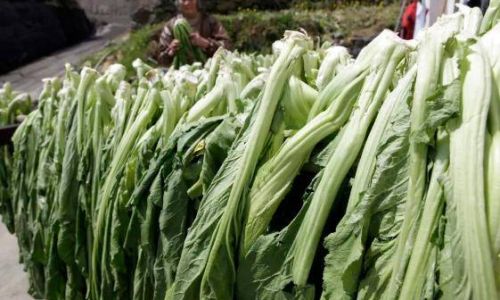
Wild mustard greens, known for their pungent aroma and nutritious profile, are a delightful addition to any culinary repertoire. These greens, often found growing abundantly in fields and along roadsides, offer a robust flavor that can enhance the taste of various dishes. One of the best ways to preserve wild mustard greens for later use is by drying them. Dried wild mustard greens retain much of their flavor and nutritional value, making them an excellent choice for winter soups, stews, and seasoning blends.
In this comprehensive guide, we will explore the process of drying wild mustard greens, focusing specifically on how to achieve the perfect dried product through sun-drying. From harvesting and preparing the greens to the final stages of storing the dried product, we will cover every step in detail. By following these guidelines, you can ensure that your wild mustard greens are dried to perfection, ready to be enjoyed throughout the year.
Chapter 1: Harvesting Wild Mustard Greens
Harvesting wild mustard greens is the first step in the drying process. The quality of the greens at harvest time will greatly influence the final outcome of your dried product. Here are some key considerations and steps to follow when harvesting wild mustard greens:
1 Identifying Wild Mustard Greens
Wild mustard greens can vary in appearance depending on the species and environmental conditions. However, they are generally characterized by their dark green, leafy foliage and a distinctive mustard aroma. Some species may have yellow flowers, which can add a nice touch of color to your harvest.
When harvesting, it’s important to be able to distinguish wild mustard greens from other plants that may be growing nearby. This can be done by familiarizing yourself with the plant’s characteristics, such as its leaf shape, stem texture, and aroma. If you’re unsure about a plant’s identity, it’s best to err on the side of caution and avoid harvesting it.
2 Timing Your Harvest
The best time to harvest wild mustard greens is when the leaves are young and tender. Older leaves can be bitter and tough, making them less suitable for drying. Generally, wild mustard greens are ready for harvest in the spring and early summer, when the plants are actively growing.
It’s important to check the weather forecast before heading out to harvest. You’ll need several days of dry, sunny weather to properly dry your greens. If rain is in the forecast, it’s best to postpone your harvest until the weather improves.
3 Harvesting Techniques
When harvesting wild mustard greens, use a sharp knife or scissors to cut the leaves just above the ground. Avoid damaging the plant’s roots, as this can prevent it from regrowing. If you’re harvesting a large amount of greens, consider bringing along a large bag or basket to store your harvest.
Once you’ve harvested your greens, rinse them thoroughly under cold running water to remove any dirt, debris, or insects. Pat them dry with a clean towel or let them air-dry for a few hours before proceeding to the next step.
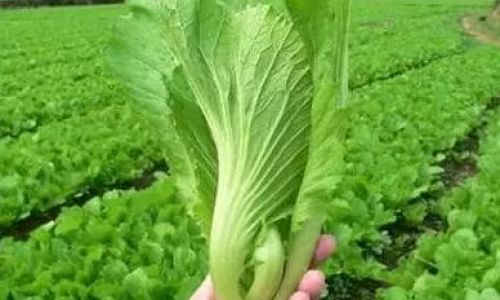
Chapter 2: Preparing Wild Mustard Greens for Drying
Once you’ve harvested and cleaned your wild mustard greens, it’s time to prepare them for drying. This involves several steps, including washing, blanching, and patting the greens dry. Here’s a closer look at each of these steps:
1 Washing the Greens
As mentioned earlier, it’s important to wash your wild mustard greens thoroughly to remove any dirt, debris, or insects. Use cold running water and a gentle scrubbing motion to clean the leaves. Avoid soaking the greens in water, as this can cause them to lose their flavor and nutritional value.
Once you’ve washed the greens, pat them dry with a clean towel or let them air-dry on a clean surface. It’s important to remove as much moisture as possible before proceeding to the next step, as this will help to speed up the drying process and prevent mold from forming.
2 Blanching the Greens
Blanching is a crucial step in the drying process, as it helps to preserve the greens’ color, flavor, and nutritional value. To blanch wild mustard greens, bring a large pot of water to a rolling boil. Add a small amount of salt to the water (optional) to enhance the greens’ flavor.
Working in batches, submerge the greens in the boiling water for about 30 seconds to 1 minute. The exact time will depend on the thickness and tenderness of the leaves. Use a slotted spoon or tongs to remove the greens from the water and plunge them into a bowl of ice water to stop the cooking process.
Once all of the greens have been blanched, remove them from the ice water and pat them dry with a clean towel. Blanching can make the greens more fragile, so handle them gently to avoid tearing or damaging the leaves.
3 Patting the Greens Dry
After blanching, it’s important to remove as much moisture as possible from the greens before proceeding to the drying stage. Use a clean towel to pat the greens dry, gently squeezing out any excess water. Avoid wringing out the greens, as this can cause them to lose their shape and texture.
Chapter 3: Sun-Drying Wild Mustard Greens
Now that your wild mustard greens are prepared, it’s time to start the drying process. Sun-drying is a simple and effective way to dry greens, as it uses natural heat and sunlight to evaporate moisture. Here’s a closer look at the steps involved in sun-drying wild mustard greens:

1 Choosing a Drying Location
When sun-drying wild mustard greens, it’s important to choose a location that receives plenty of direct sunlight and has good air circulation. Avoid areas that are shaded or prone to high humidity, as these conditions can slow down the drying process and increase the risk of mold or mildew forming.
If possible, set up a drying rack or screen that allows for even air circulation around the greens. You can use a variety of materials for your drying rack, such as wood, metal, or plastic. Just make sure that the rack is clean and free of any contaminants that could affect the taste or safety of your dried greens.
2 Laying Out the Greens
Once you’ve chosen a suitable drying location, lay out the wild mustard greens in a single layer on your drying rack or screen. Try to avoid overlapping the leaves, as this can prevent them from drying evenly. If you have a large amount of greens to dry, you may need to use multiple racks or screens.
3 Monitoring the Drying Process
The drying process can take several days, depending on the weather conditions and the thickness of the greens. It’s important to monitor the greens regularly to ensure that they are drying evenly and that no mold or mildew is forming.
During the first few days of drying, you may need to turn the greens over occasionally to promote even drying. As the greens begin to dry, they will shrink in size and become more brittle. Once they reach the desired level of dryness, they are ready to be stored.
4 Determining Dryness
Determining when your wild mustard greens are dry enough to store can be a bit tricky. Generally, the greens should be brittle and crumbly when touched, with no moisture remaining on the surface. If you’re unsure, you can test a small piece by crushing it between your fingers. It should break easily and not leave any moisture on your fingers.
If the greens still feel damp or flexible, they need more time to dry. Continue to monitor them and turn them over as needed until they reach the desired level of dryness.
Chapter 4: Storing Dried Wild Mustard Greens
Once your wild mustard greens are dry, it’s important to store them properly to maintain their flavor and nutritional value. Here are some tips for storing dried wild mustard greens:
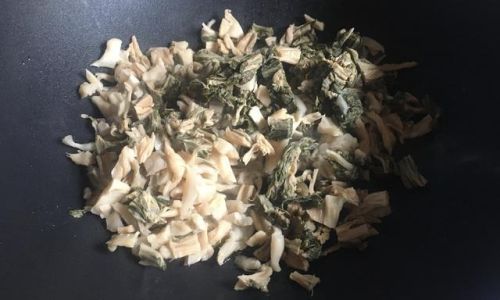
1 Choosing a Storage Container
When storing dried wild mustard greens, choose a container that is airtight and moisture-proof. Glass jars, plastic containers with tight-fitting lids, or vacuum-sealed bags are all good options. Avoid using containers that are prone to moisture or odor transfer, as this can affect the taste and quality of your dried greens.
2 Labeling and Dating
Before storing your dried greens, label the container with the date and contents. This will help you to keep track of how long the greens have been stored and ensure that you use them before they go stale.
3 Storing in a Cool, Dry Place
To maintain the quality of your dried wild mustard greens, store them in a cool, dry place. Avoid exposing them to direct sunlight or high temperatures, as this can cause them to lose their flavor and nutritional value. A pantry or cupboard is a good choice for storage.
4 Checking for Moisture
Periodically check your stored dried greens for signs of moisture or mold. If you notice any dampness or mold growth, discard the affected greens immediately to prevent contamination of the entire batch.
Chapter 5: Using Dried Wild Mustard Greens
Dried wild mustard greens can be used in a variety of ways to add flavor and nutrition to your dishes. Here are some ideas for incorporating dried
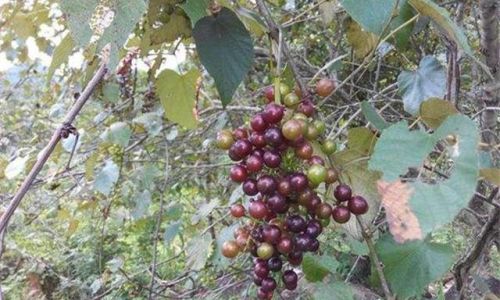
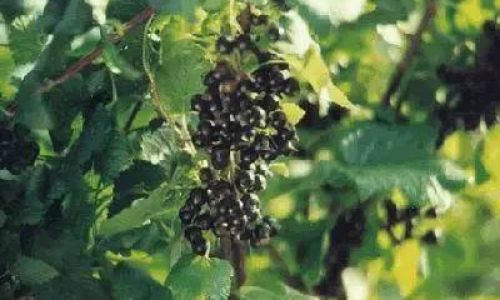



0 comments